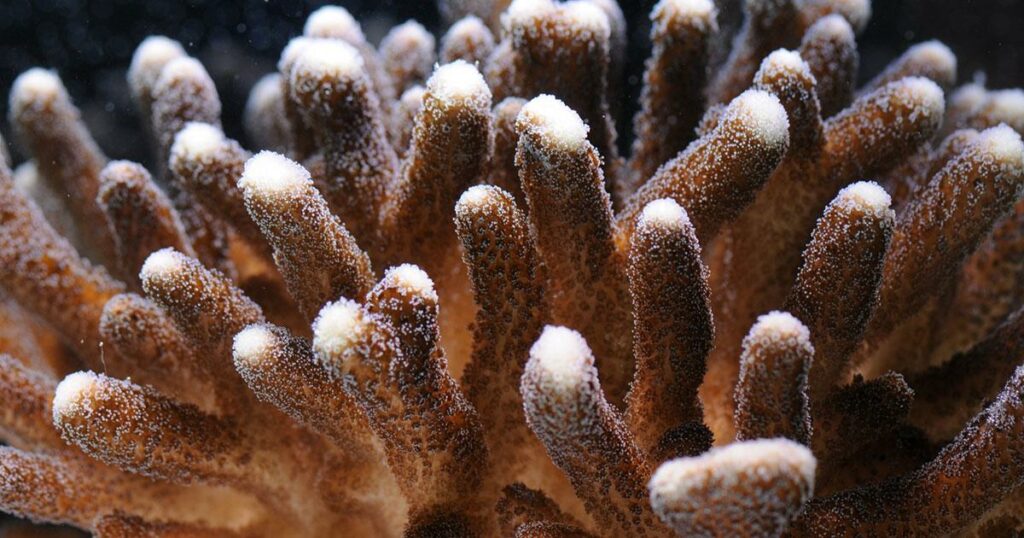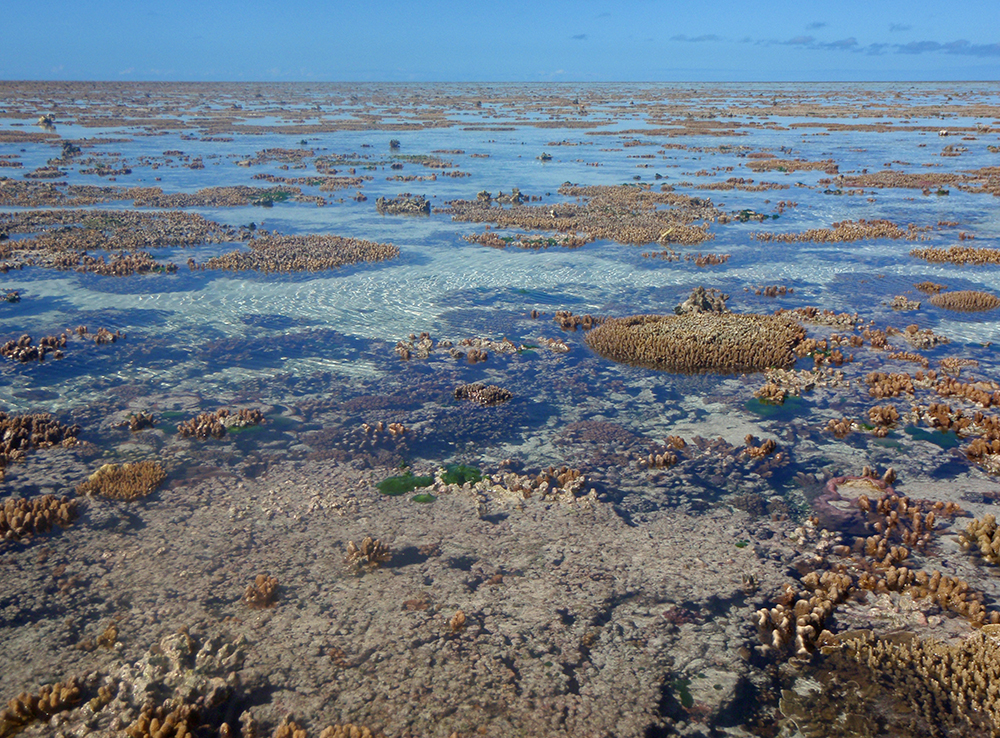From CO2Science: Most projections of the potential impacts of so-called ocean acidification on marine life are based on controlled laboratory studies that are not representative of field conditions. Consequently, it is difficult to place much confidence in those projections without verifying or validating them against that which is occurring in the real world. A study by Ruesink et al., however, attempts to bridge this gap by examining Pacific oyster (Crassostrea gigas) reproduction in an estuarine field environment varying in seawater carbonate chemistry.
Paper reviewed: Ruesink, J.L., Sarich, A. and Trimble, A.C. 2018. Similar oyster reproduction across estuarine regions differing in carbonate chemistry. ICES Journal of Marine Science 75: 340-350.
The field location was the southern end of Willapa Bay (Washington, USA), which in the words of the authors “provides two regions of similar water residence time and temperature,” but which regions differ in seawater pH. More specifically, the eastern side “has lower and more variable pH, associated with high pCO2, than the western side” as a result of drainage from the Naselle River. Over three summers (2010-2012), Ruesink et al. collected seawater carbonate chemistry and oyster reproduction data at 4 locations on both the east and west sides of the estuary in an attempt to learn if their field measurements confirmed a negative effect of reduced seawater pH (i.e., ocean acidification) that has at times been observed in laboratory-based studies.
Results of their analysis revealed a minimum seawater pH difference of approximately 0.1 unit between the east and west sides of the bay. However, the authors note this difference is conservative, citing pH excursions spanning 0.4 pH unit at some eastern locations, also adding that “because discrete samples were collected at high tide, they are ‘best case’ conditions experienced by larvae, and pH could be much lower on the east side, but only slightly lower on the west side, throughout the remainder of the tidal cycle.” Nevertheless, they further report the aragonite saturation state (Ωaragonite) differed by ~0.4 between the two sides “and was close to a threshold value [on the east side] reducing larval growth in the lab.”
Despite the observed carbonate chemistry conditions observed among their field sites, Ruesink et al. report “no biological signal related to carbonate chemistry was apparent in oyster reproduction based on coupled chemical-biological comparisons over [the] three summers.” Continuing, they add “instead, survival was equal between the two sides of the bay, and settlement was equal or higher on the low-Ωaragonite, low-pH east side,” the latter of which parameter (settlement) “differed by two orders of magnitude and increased with water temperature.”
With respect to the significance of their observations, the three scientists conclude “these field data on oyster reproduction illustrate that population-level effects may not emerge in higher mean [CO2] conditions, with possible decoupling due to local adaptation, spatio-temporal heterogeneity, or higher sensitivity to other axes of environmental variability such as temperature.” And that suggests policy makers should not place too much faith in findings attained from laboratory-based studies on the subject of ocean acidification. In the real world, what might appear to be a problem in the laboratory is often of little or no consequence in nature.


